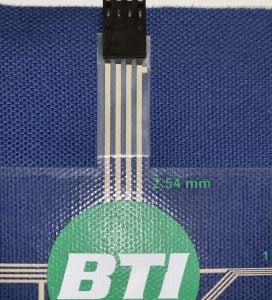Defining Connectors – What Are the Best Ones for Your Product?
What are Electronic Connectors?
Every electronic and electrical piece of equipment virtually uses connectors. Millions of connectors are produced daily by different specialized companies for a wide range of applications in the electronic and electrical industry. Most components currently do not use wires for connection, but instead, they use connectors where lines can be disconnected and reconnected in an easy and more convenient way. Using connectors during assembly provides a huge amount of flexibility for testing of electronic circuit boards. The printed circuit boards can be assembled and tested quickly using connectors before being connected to the final unit.
Most beginner electronic enthusiasts end up unable to get their projects done because of failure to make perfect connections. Connections are the key issues when it comes to setting up your project. It doesn’t matter if you have all the key principles for the implementation of your project. If one connection has the ability to mess you up, then your entire project may completely fail to work. Getting to know more about the connector may not mean a lot to most learners and technicians, but it is of significant importance when it comes to accuracy and the need for a presentable project. Before we learn more about this topic, let us have a look at some of the basics you must have in-hand when learning connectors.
Connector Basics
Usually, the basic concepts of the connector are very straight forward, but for learning, it is important to define some of the features and the classifications. Connectors are classified and grouped according to the following categories:
Gender: Gender connectors are categorized into either male or female connectors. Male connectors are designed as pins that enter the female connectors. Female connectors are the receptors that hold the male connectors.
Strain relief: Strain relief connectors that have wires are very fragile and can easily break when the cable is pulled. To avoid breakage, the cables are clamped together and are connected in a series of connectors within the same join of connectors. This will keep the cables and connectors intact throughout the connection life, thus improving the durability and reliability of the entire connection.
Orientation: When designing a project using the connectors, the connection orientation is essential. All connectors grouped together must be in the same orientation except in some two-pin connectors that can be plugged in either way.
Common Types of Connectors
 1. Membrane switch connectors
1. Membrane switch connectors
This is a flexible connector. They are mainly used with keyboards and other devices that constitute flexing points such as the connection between a laptop screen and the control devices. They are flexible membranes that consist of several connections leads inside of the molded plastic housing. At its end, the membrane switch consists of a terminal point in the form of a flexible tail that is connected to the mainboard. The tail is made to be interfaced with a zero insertion force (ZIF) connector.
Other types of membrane switches can be connected to the mainboard using solder tabs too. We crimp male solder tabs to the end of silver traces. Those tabs can be soldered to the mainboard using a thin solder coil and a soldering Iron.
This type of connector provides a huge advantage for those who want to work out their projects on small gadgets with minimum space and in need of flexibility.
2. Male and female connectors
Male and female connectors are the most reliable connectors when it comes to events of heavy shocks and vibration. They are used mostly to ease connections during assembly and are available in different sizes depending on the size needed to fit your project. For beginners, when the word connector is battled around, this is the kind that will first hit your mind. They are the most common type and are the easiest to set up and use.
3. Crimpflex connectors
Crimflex connectors are typically Molex, berg, or Amp membrane connectors. These connectors are currently used in a wide range of applications. They utilize specific housing and common pins to meet connection requirements. They are known for reliability following its manual male to female crimping presses that provide firm link-up between the connections. Apart from reliability, speed, precision, and simplicity, Crimflex provides mechanical retention through piecing the conductor in six-point, thus enabling its use with high tension connection points.
 4. Berg connectors
4. Berg connectors
Berg connectors are smaller connectors than that of Molex. They come in double or single row connections. Berg connectors are very common in amplifiers and in connections of internal computer parts such as fans, floppy disk, speakers, and power boards. Berg connectors exist in different types, such as 2-pin and 4-pin connectors. The 4-pin is usually referred to as floppy power connectors primarily because it’s typically used to connect a computer floppy disk drive and power unit. 2-pin berg connectors are majorly used in connecting panel lights, used to connect motherboard reset buttons and as chambers for configuration.
For more information on connectors, or getting your next project started, reach out! We’ll be happy to help!
 Meet the Author: Jaclyn King
Meet the Author: Jaclyn King
Jaclyn is a Digital Marketing Specialist on the BTI Team. Her main job responsibilities involve inbound marketing, content creation, and social media management. To get to know more about Jaclyn, check her out on LinkedIn!
